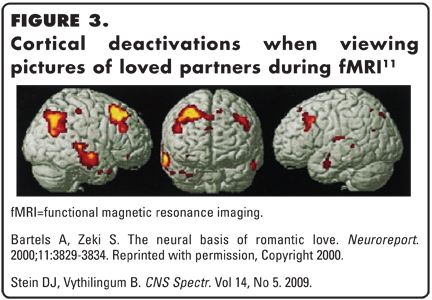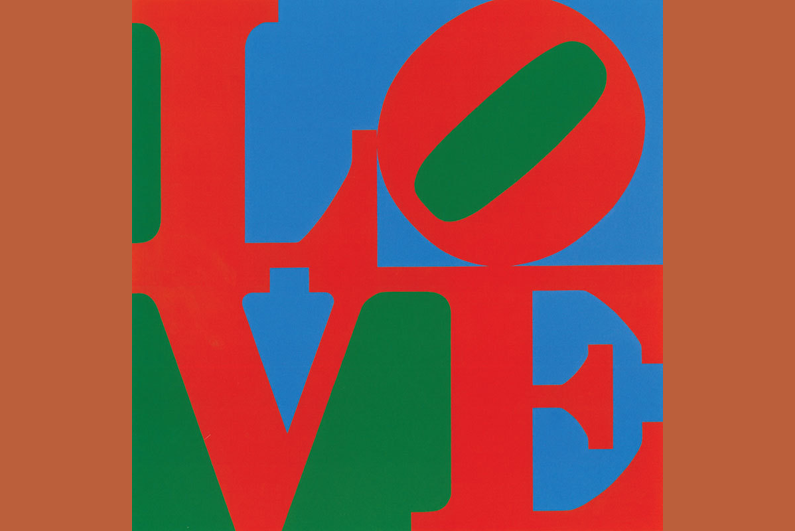On Sunday 13th April The Class of Love will take place at SUPERMARKT, hosted by artist and academic Kate Hollett. In this blogpost she discusses the theory, practice and personal story behind this event.
What exactly is love?
To begin, Wikipedia describes it this way: The word love can refer to a variety of different feelings, states, and attitudes, ranging from generic pleasure (“I loved that meal”) to intense interpersonal attraction (“I love my wife”). “Love” can also refer specifically to the passionate desire and intimacy of romantic love, to the sexual love of eros (cf. Greek words for love), to the emotional closeness of familial love, or to the platonic love that defines friendship, to the profound oneness or devotion of religious love. This diversity of uses and meanings, combined with the complexity of the feelings involved, makes love unusually difficult to consistently define, even compared to other emotional states.
An abstract word, love can mean something different to almost everyone. Love can be understood in ways that far outreach our bodies, like spirituality, it is an energy force yet in physical terms, we feel it in our bodies. Love connects us to each other and our world, and many would say we need it to survive.
How do we (individually and collectively) define love? What shapes our definitions? What part does media play in this definition? How do we communicate love? How is science informing love? How does art and culture reflect and inform our ideas of love? And ultimately, how do we communicate love in a world increasingly connected digitally?
“The moment we indulge our affections, the earth is metamorphosed.” — Emerson
In the Beginning…
Image: ‘I Love You Simply‘ by Kate Hollett
Throughout my career as an artist, and even before this, in my career in design and advertising, I have studied the concept of emotions and communication. How do we feel and express love? How does this affect our relationship to each other and ourselves?
“How do I love thee, let me count the ways.” — Elizabeth Robert Browning
My mother was dying of Leukemia. I wanted to understand what the meaning of love was, after losing the one person in the world who truly gave me unconditional love. Who was I without that love in my life and what ultimately was love, what did it mean? Her death also was the catalyst for my decision to become a full time artist. I wanted her to know how much I loved her, and I wanted to understand what her loss would mean. I was scared. At the same time, I wanted to surround her with love as she faced death.
I started working with the words “I Love You”. With paint and the text, I created a form of visual language to deconstruct the different ways I felt love and the various forms of meaning the word love could mean in a relationship of two. This work included using various forms of technique and colour in paint, and visually using the text to create meaning. There were works titled “I Love You in the Summer”, “I Love You in the Winter”, “I Love You to Death”, “I Love You Freely”, “I Love You in the 50’s”, “I Love You Simply”, “I Love You, is it OK?” and “I Love You Still” to name a few. The work deconstructed the meaning of this phrase, breaking it down into individual components with the hope of redefining meaning.
“What we feel and how we feel depends to a large part on language and images. Emotions may support or constrain our language acquisition; contrariwise language competencies influence our emotional communication abilities.” — Language of Emotions website homepage, Frei Universität, Berlin
The more I opened up to the idea of love, the more I had to work with. There were many ways to mean “I Love You” and feel love. With over forty canvases completed, I realised that there was so much more to be understood. The work provoked responses from the viewer, with people sharing their ideas of love and offering up different titles as candidates for creation.
This was no longer a personal search but a social interaction. I was limited by my own interpretations. What was once a personal search for answers about the meaning of love became a door that opened up to an endless quest for a universal meaning. Research went from poetry, theatre, music, film and scientific data to history, anthropology and much in between.
The Science of Love

The study of love is a relatively new science with few experts. It is hard to find much beyond an ocean of self-help advice. Anthropological study focuses on heterosexual relationships and drives much neuroscience research. Can this research be applied to other forms of love relationships? I leave it up to the reader to decide how the research affects their relationship.
What happens to us when we fall in love? Dr. Fisher tracked the brain and monitored body chemistry levels in clinical tests to see what happens when we are aroused, when we fall in love and when we are in a long-term love relationship.
- Lust: driven by androgens and estrogens, the craving for sexual gratification.
- Attraction: driven by high dopamine and norepinephrine levels and low serotonin, romantic or passionate love, characterised by euphoria when things are going well, terrible mood swings when they’re not, focused attention, obsessive thinking, and intense craving for the individual.
- Attachment: driven by the hormones oxytocin and vaso pressin, the sense of calm, peace, and stability one feels with a long-term partner.
Recently science has been able to track the process revealing the speed and direction data travels when we fall in love. Dr. Fisher, anthropologist and author of Why We Love – the Nature and Chemistry of Romantic Love, goes on to say; there are chemical reactions that go off in our brain very quickly when we find a possible love partner often far faster than our rational mind can process. She theorises that concepts like ‘love at first sight’ as plausible. According to Dr. Fisher, love is one of the most primal physical forces of our survival. Dr Fisher points to the idea that romantic love is not an emotion but a basic primal condition — it’s a drive that’s based deep within our brains, right alongside our urges to find food and water (Cohen, cnn.com).
Nature vs. Nurture
Human beings have multiplied across the planet making over population and depleting natural resources a real threat to the future. Statistically we are living more healthy and longer lives. Our rate of survival has increased dramatically over the last 100 years. Fear of death is less a factor of living yet so much of society is driven by fear. We don’t need love to survive as we once did in a primitive sense; still, it is the basis of our existence. Reproduction is no longer a factor for the survival of humankind. Seeds have been sown and the crops have multiplied. If love is not required to ensure our survival through reproduction; then why do we love? Is the definition of love evolving paralleling a natural evolution process? Is love some kind of addiction, or do we actually need love to survive?
On Sunday 13th April The Class of Love will take place at SUPERMARKT. Hosted by artist and academic Kate Hollett, this workshop focuses on exploring love as it is projected and expressed in the arts, sciences and communication.
For more info on the event and registration: supermarkt-berlin.net/event/class-of-love
Feature image: LOVE, an iconic Pop Art image by American artist Robert Indiana. The original image, with green and blue spaces backing red lettering, served as a print image for a Museum of Modern Art Christmas card in 1964.


